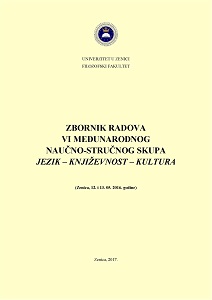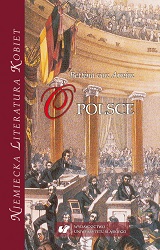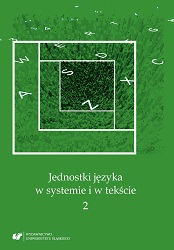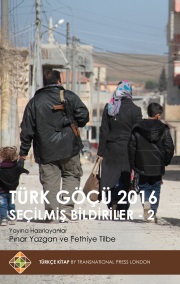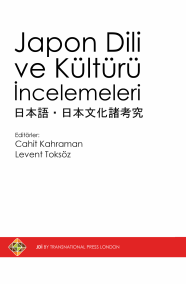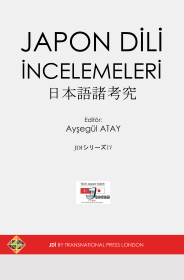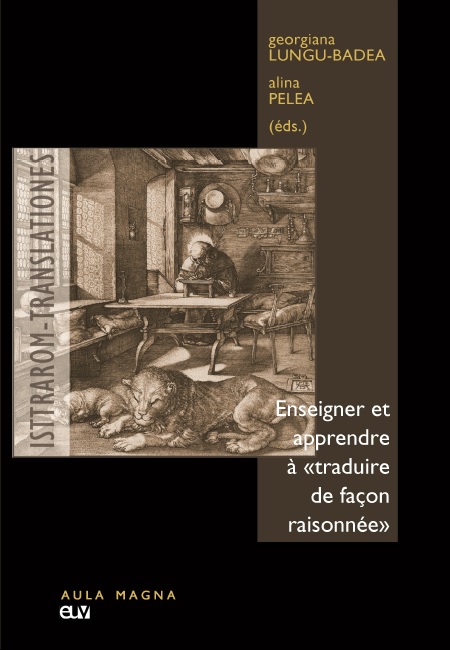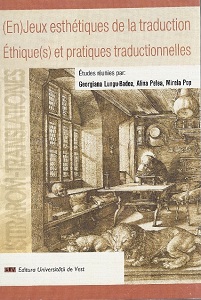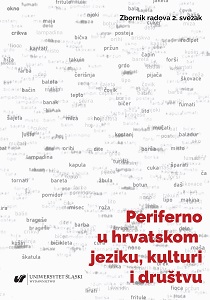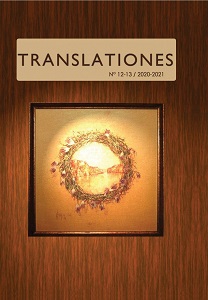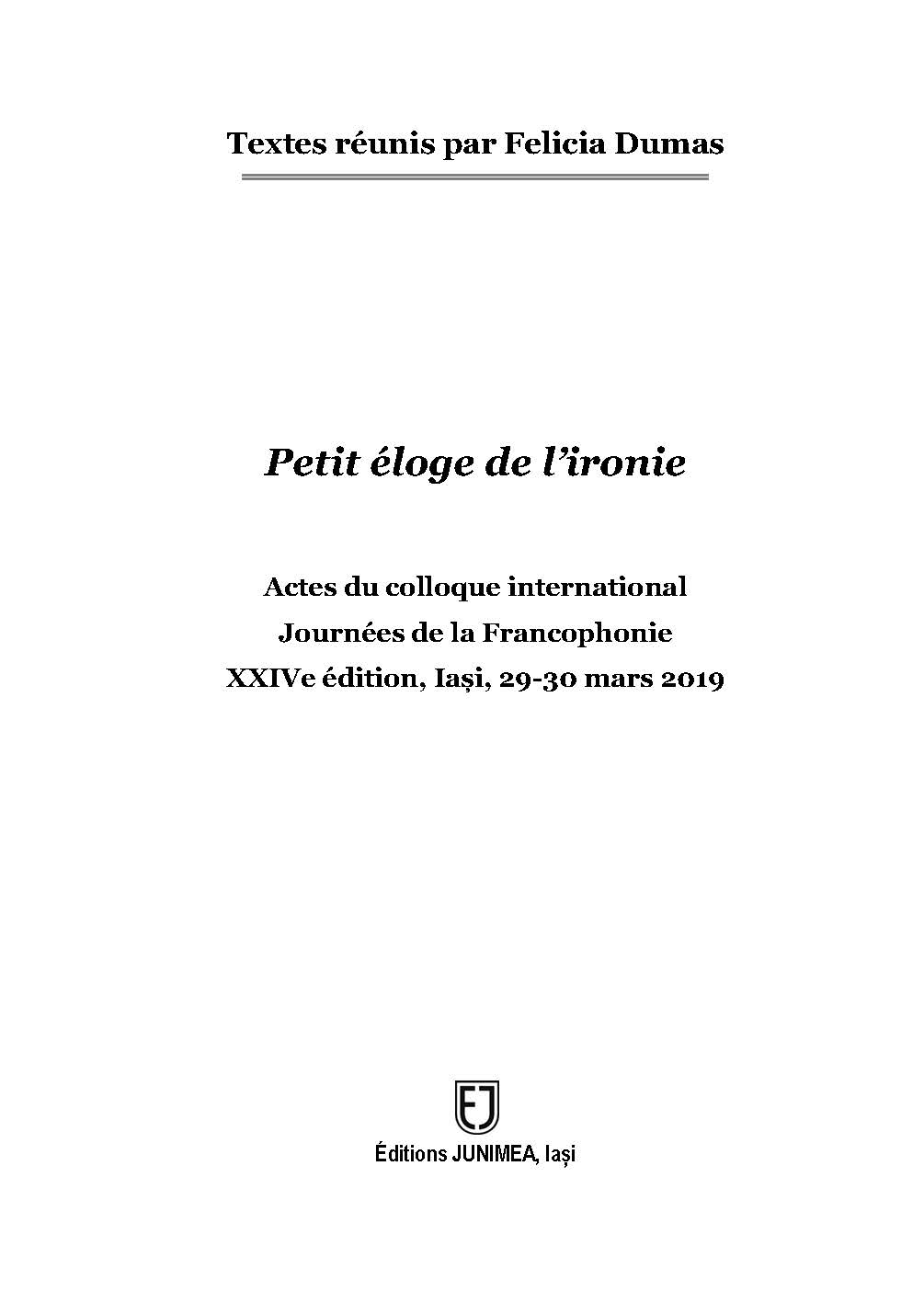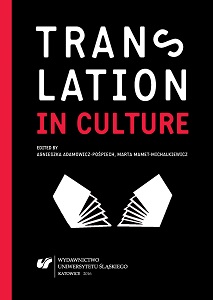
Scripture’s In-difference Inclusive Bible Translations and the Mechanisms of Gender-Related Manipulation
The author of the article explores the possible manipulations in contemporary Bible translations. Having stated that Bible translation has always been informed by culture and ideologies of a given time, he analyses feminist and gender discourses of the late twentieth and early twenty-first centuries which shaped the strategies and practices of the so-called “inclusive-language” Bible translations. Focusing mainly on three contemporary English translations (“The Holy Bible. New International Version. Inclusive Language Edition” 1996, “Today’s New International Version” 2005, and “The Inclusive Bible. The First Egalitarian Version” 2007) the author identifies tendencies to purge the Bible text of elements of patriarchal culture and male-centred language. As a result, the inclusive translation sometimes takes the form of a semi-paraphrase whose gender-neutral and politically correct renderings barely convey the messages intended and expressed in the source texts.
More...
